
Electric Ferrari 308
Text and photos by Steve Temple
Who didn’t feel a twang of envy when actor Tom Selleck, playing a private detective in Magnum PI, flashed that mustachioed grin and then peeled out in a Ferrari 308, spinning its wheels on the lush grass of Hawaii? Truth be told, the 308 sure looked cool, but hot it was not.
While the Euro version’s 2.9L V8 delivered 252hp , the U.S. model, hampered by emissions equipment, was good for only 240 horses in the mid to late Seventies. By 1980, the output had dropped to a meager 202 hp. Exotic styling to be sure, but the performance was entirely mundane.
Another drawback of the car was a tendency for the carbureted engine to breach a fuel line and catch fire when gas hit the hot manifold. Which brings us to Eric Hutchison’s ’78 308. When he came across the car at a junkyard in September 2014, it was partially burnt and with a salvage title.
Rather than try to restore the Ferrari to original, which would have likely cost more than it would ever be worth as a collectible, he took a different approach, worthy of cracking a convoluted case on Magnum PI.
He happens to be a close personal friend of Michael Bream, who heads up EV West, a company that we’ve highlighted in previous issues for its work on electrified Speedsters and Factory Five’s 818. In addition to selling all sorts of EV components for electric vehicles, EV West handles electric conversions for a wide range of vehicles, everything from VW Beetles and buses to BMWs and dune buggies, plus pickups and a Porsches.
“Classic cars benefit the most from conversions,” Bream points out, “as it’s easy to double the power.” His personal ride is a funky VW microbus/pickup that can smoke a sport sedan.
The Ferrari project came up over a beer in early September 2014 on a random Tuesday. “He had been trying to get me into a car project with him for some time,” Hutchison relates. “Not to mention I really wanted to make a cool electric daily driver!” They were joking around about converting a Ferrari and Bream then asked, “What model?”
“As if there was another better choice than a 308?” Hutchison responded. It’s an iconic, performance-built car with a race-inspired chassis that was clearly capable of a much more power. Really a perfect (but technically challenging) project. Hutchison jokingly mentioned $10K as a wish number to acquire one, and they found it two days later in Copart in San Diego of all places. “Impossible coincidence and it was a perfect donor car!” he relates. “A salvage title with melted belts from a fuel line leak and fire.”
The guys at Autobahn Auto Parts in El Cajon, California helped out (since they have the business license needed for acquiring a salvage title car), and also sourced the Porsche G50 transaxle. After some negotiation, they rescued the stricken Ferrari for the low price of $13K, plus acquisition fees, a good deal considering the escalating values for 308s.
After the car arrived at the shop on Monday, everyone stood around head scratching their heads as the wheels of engineering were spinning fast. They first stripped out the motor and all unnecessary systems from the car and a conversion plan developed. It wasn’t possible to mate to the existing transmission, which was transverse mounted, so they opted for a G50 Porsche transmission and built the car around that.
The project scope was soon obliterated. (An entry-level conversion typically runs about $20K in parts, plus installation.) “How can anyone do a conversion without a total restoration on a Ferrari 308?” Hutchison asked himself. It had a great chassis with just a little bit of crunch, but nothing major, so they had the perfect foundation.
To defray buildup costs, it turns out they were able to liquidate parts to 308 owners globally. After breaking down all systems and the engine, they were able to sell everything on eBay in about a year.
Not surprisingly, converting the very first Ferrari 308 to an EV has both pros and cons. Aside from offending purists (which actually turned out to be a non-issue, as we’ll see), the configuration as shown here increased the car’s overall weight by about 150 pounds. (But lighter, more expensive batteries are being considered for a retrofit.) And not surprisingly, the range of the car is reduced (see below), but the plus side is that, as Bream already noted, the power output is roughly equivalent to about double the original engine! (That’s the effective electric horsepower, because all of the torque is available from zero rpm, rather than the peak of the powerband, as on an internal combustion engine.)
Here are the tech specs:
Power Output: 3 x 72.5 kW from the 3 x HPEVS AC-51 Electric Motors
Battery Pack: 48 x 200 amp hour batteries in the pack with 28.5 kWhr (current config = 28,500 100-watt light bulbs for an hour) 158 volt system
Range: approx. 80 miles +/- due to driving conditions
This estimated output flows through an ’05 G50 six-speed transaxle. So doing the math on the power/weight ratio and gearing, both acceleration and top speed calculate out to way more than original. We weren’t able to verify these numbers directly with track testing, but we did enjoy a drive up to the tallest peak in the San Diego area.
In addition to relishing a spectacular view of the ocean, we were exhilarated by the performance of the Magnum EV. With 100 percent of its torque available off the line, it climbed up like a mountain goat (note the smokey burnout in the video link below).
While we missed the rarified exhaust note of an Italian V8, the quietness of an EV has its own virtues. The acceleration comes on with a hurried hush rather than a high-pitched whine, and you can hold a quiet conversation with the silent propulsion of electric power. As it carved through the curves, about the only sound emitted is the squeal of rubber meeting the road.
As one Ferrari forum member commented about converting a 308 to an EV, “My only advice is make sure to use plenty of sound deadening material and ensure everything is either isolated or screwed down really well. The 308 is a bit flexy and you don’t want to take away from the driving experience by constantly hearing creaks, chirps and rattles coming through the chassis. Electric cars are quiet. You hear every freakin' noise the car makes, intended or not.”
What’s it take to get it legal for the road? The car is currently registered in CA with an E (electric) status on title, the first ever “E” Ferrari at the California DMV.
As for reactions to an electric 308 from Ferrari aficionados, here’s another telling comment from the forum mentioned above: “My visit started at EV West where I got to meet the team of electrical geniuses responsible for electrifying this 308, as well as seeing much of the hardware that will eventually find its way into this car. These are not a bunch of yahoos strapping a bunch of car batteries together, but rather a very serious and accomplished group of EV converters who are applying a lot of science and experience to the project. The hp and torque numbers are staggering and this 308 will likely leave a 458 standing in a drag race.”
Which would certainly give Thomas Magnum an even bigger grin.


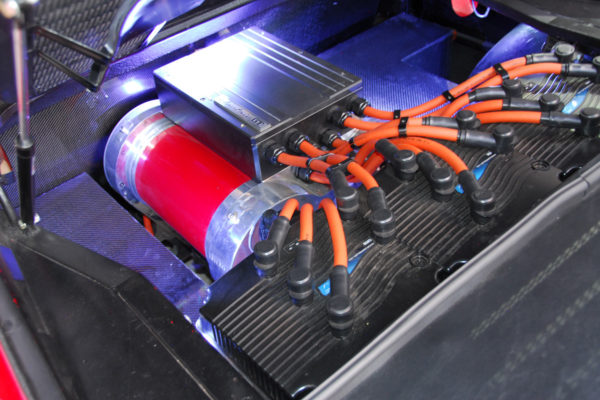


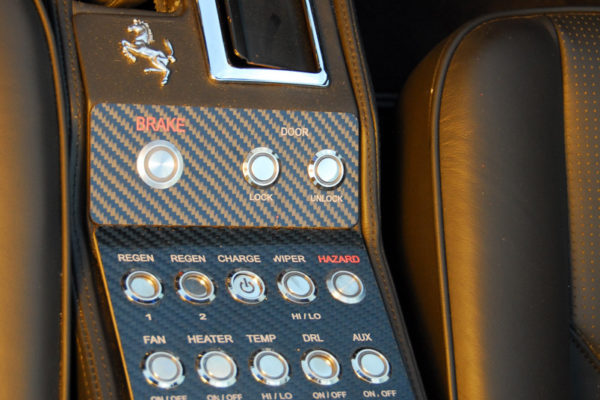
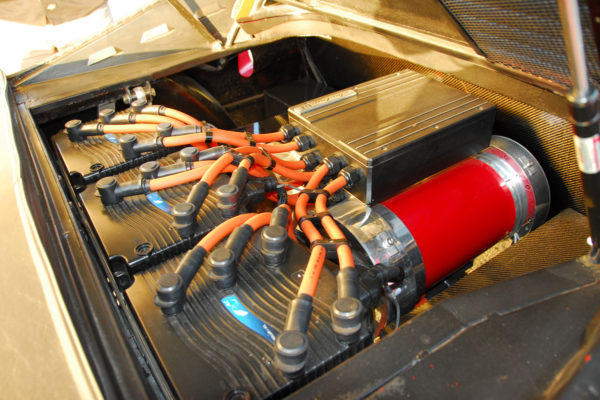
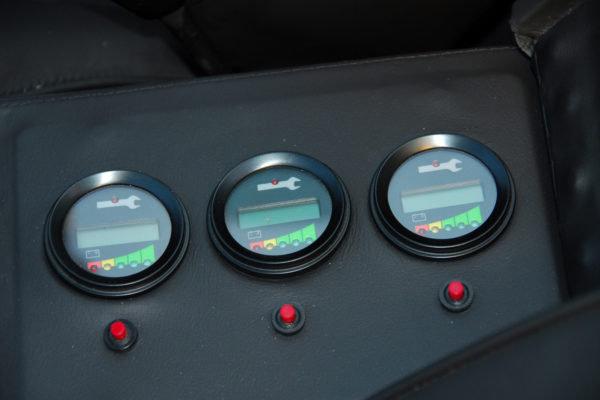

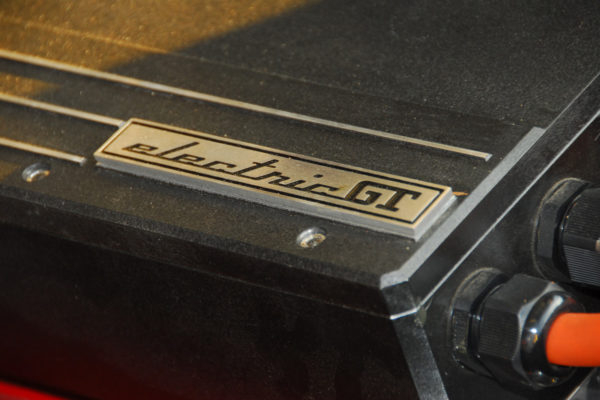

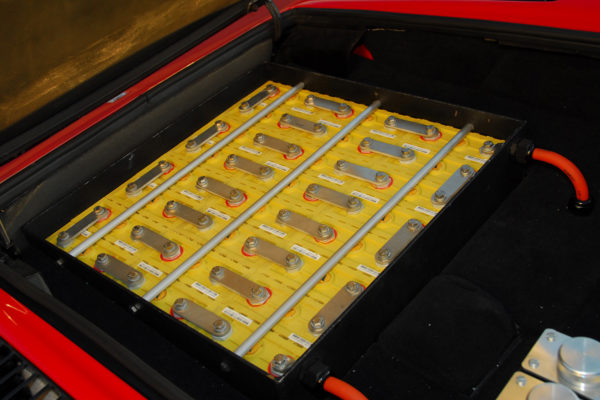

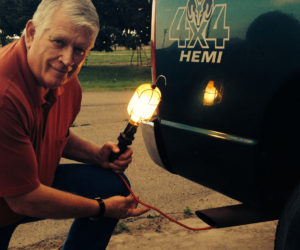
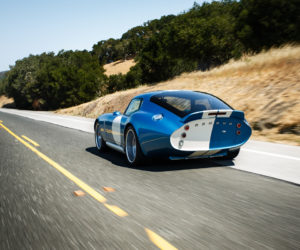
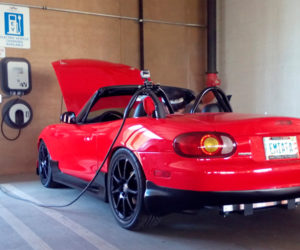

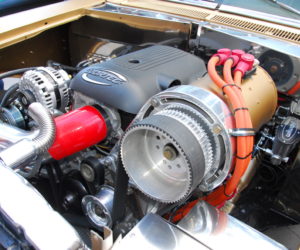




Comments for: MAGNUM EV
comments powered by Disqus